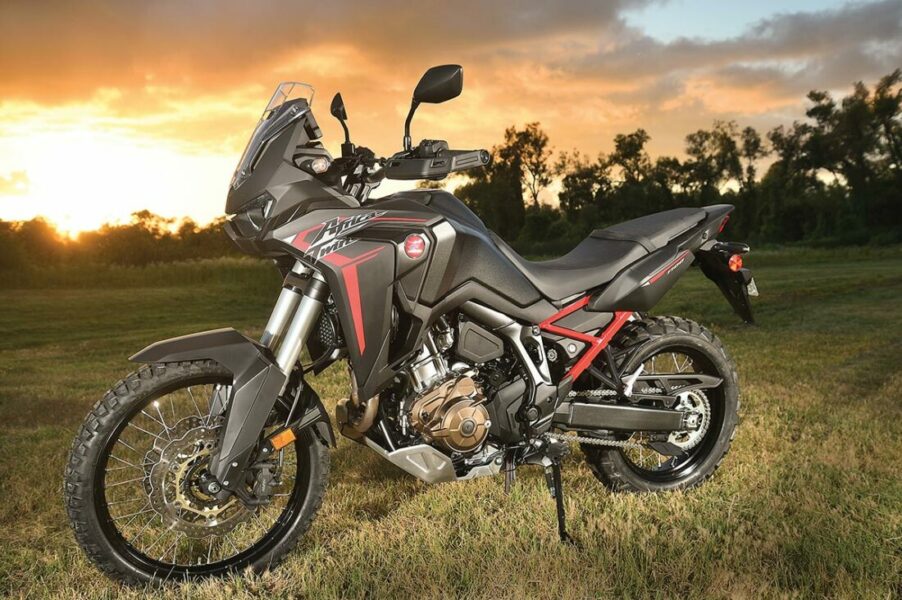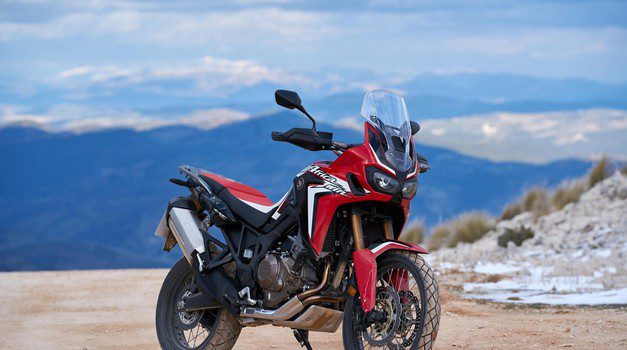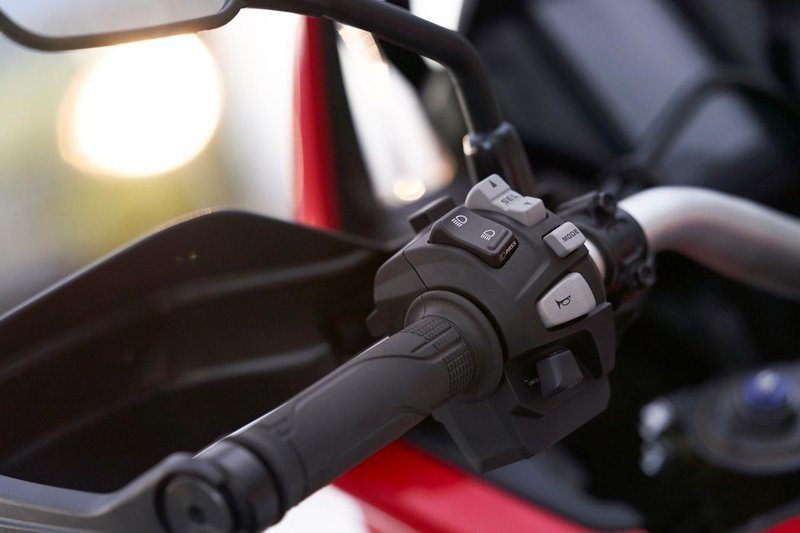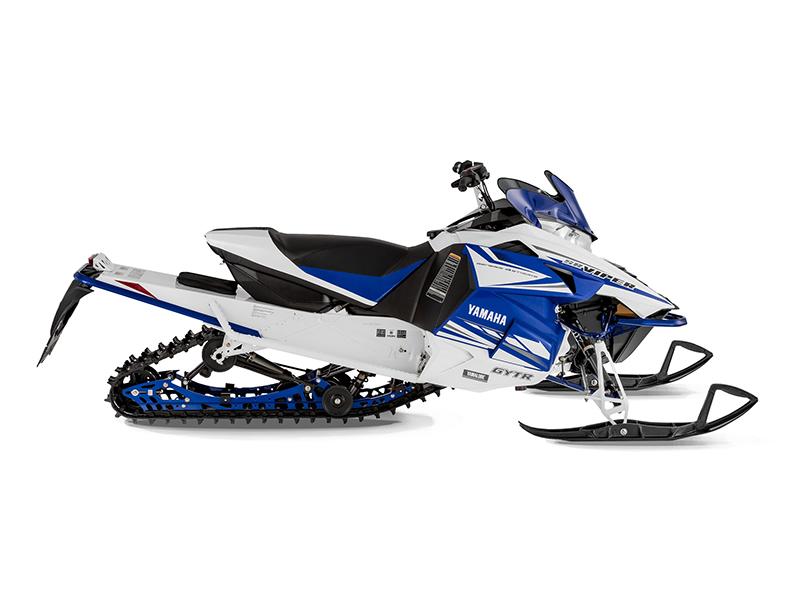
Test: Honda Africa Twin 1000 L DCT: Honda with automatic transmission
It is quite obvious when a person gets on a scooter to press the throttle and it starts. Gas and let's go. When he wants to stop a two-wheeler, he simply applies the brakes. And the two-wheeler stops. Add gas, without shifting gears and using the clutch, then braking - all this is done by the mechanics of the unit. Easy. Well, such a system is also available on the “real” Africa Twin. Heresy? I don't think so.

Honda
The Honda Africa Twin is a reference off-road model that has been impressing with its practicality, durability and excellent driving performance for 30 years. The two-cylinder liter unit is responsive and agile. For the model year, they improved the engine electronics to keep up with the times and environmental requirements. The new system allows for three engine modes, the seven-speed traction control system has been improved, the unit has become a little more responsive, and the sound has become even better. At the same time, it makes it easier for 2 kilograms... Coarse tires are now even homologated up to 180 kilometers per hour... This time we tested the version with an automatic transmission.
The clutchless system is called in Honda. Dual clutch transmission (shorter DCT), but works similar to cars with automatic transmission. The clutch consists of two different clutches, the first is responsible for switching odd gears to first, third and fifth gears, the second for even gears, second, fourth and sixth. The clutch electronically determines when it needs to engage a certain gear, which depends on the selected driving program, and sensors also tell the electronics where the bike is going - whether it's uphill, downhill or downhill. airplane. It may be difficult, but in practice it works.

It's rather unusual when there is no clutch lever on the left side of the handlebar - well, there is a lever on the left side, but it's the hand brake that we use to anchor the bike. But there is a cluster of different switches. This takes some practice and getting used to by the driver, and besides, the left foot does not work, since there is nothing where the shift pedal would normally be. When a person sits on such a motorcycle, he is a little embarrassed at first, but he gets used to the exercise. Feelings are also initially unusual from the abundance of buttons on the steering wheel, but once you get used to them - it's quite acceptable - even impressive. Traditionalists, i.e. anyone who swears by classic shifting and clutch squeezing, probably won't (yet) support this way of driving. Boys and girls, obstacles are only in the head.
Basic data
Sales: Motocenter AS Domzale Ltd.
Base model price: 13.790 €
Technical information
engine: four-stroke, in-line two-cylinder, liquid-cooled, 998 cm3
Power: 70 kW (95 hp) at 7.500 volts / min
Torque: 99 Nm at 6.000 rpm
Energy transfer: six-speed dual-clutch transmission, chain
Frame: steel pipe
brakes: front double disc 2 mm, rear disc 310 mm, ABS switchable as standard
Suspension: front adjustable inverted telescopic fork, rear adjustable single shock
Tires: before 90/90 R21, rear 150/70 R18
Growth: 870 / 850 mm
Fuel tank: 18,8 l, Consumption on test: 5,3 l / 100 km
Wheelbase: 1575 mm
Weight: 240 kg
We praise and reproach
conductivity
agility and ease of driving
field capacity
the gearbox pampers you
good driving position
intermittent squeak at low revs when shifting gears
you grab the clutch lever even when it's not there
poorly transparent digital counters in the sun
final grade
Automatic transmission could be one of the solutions for the future of motorcycle sport and could attract new customers to motorcycle sport. Good solution working in a package
